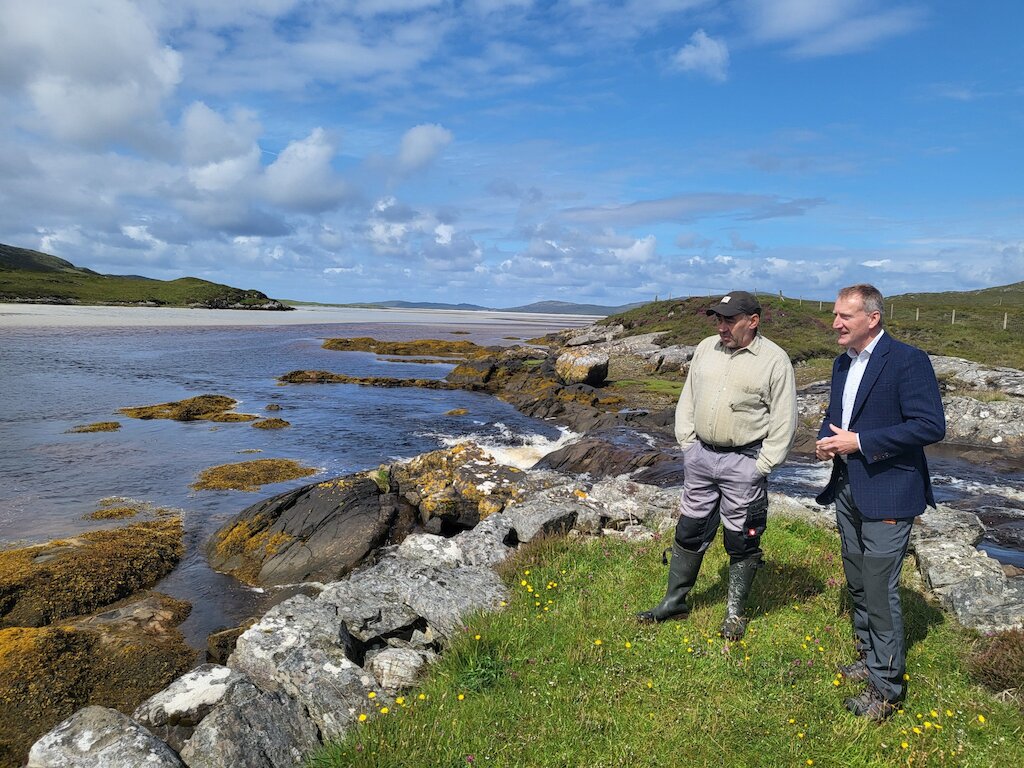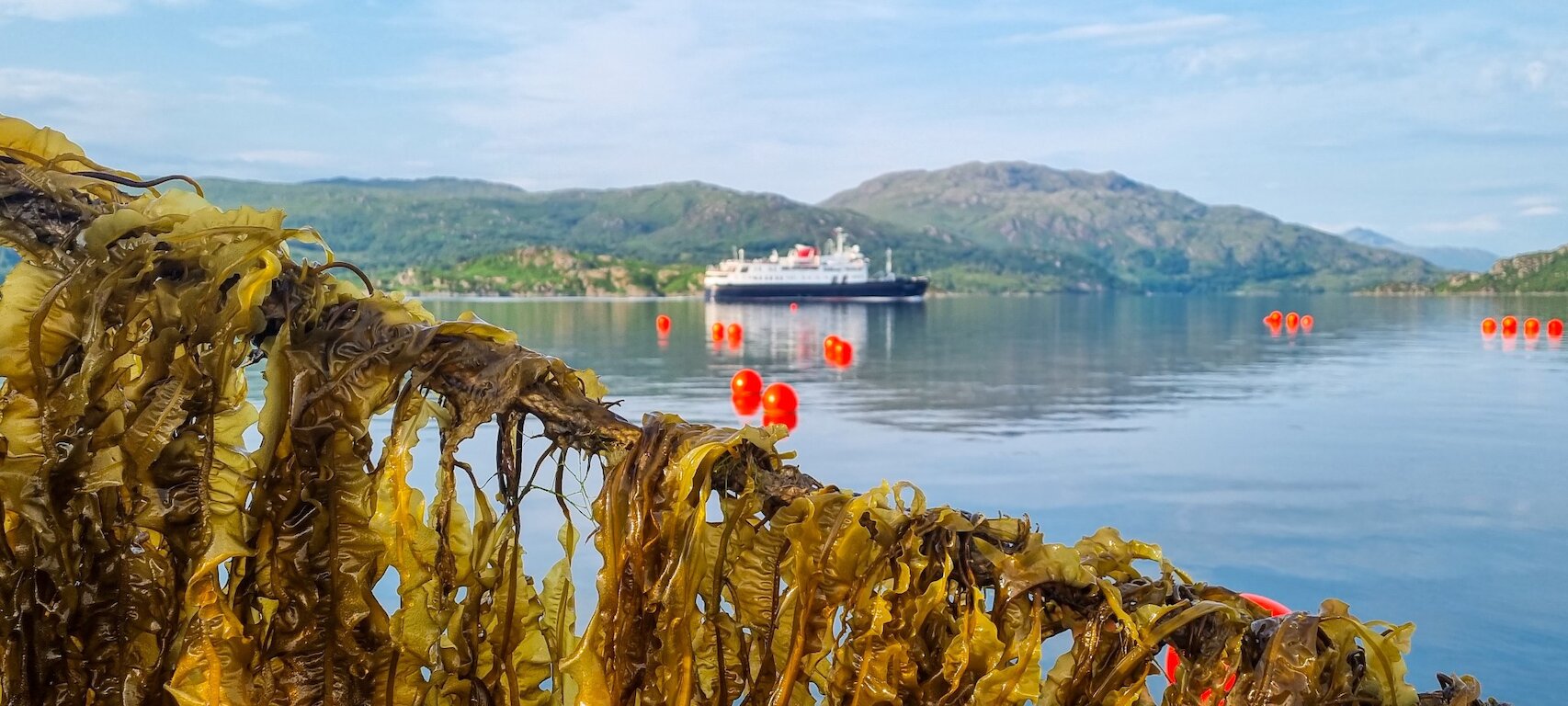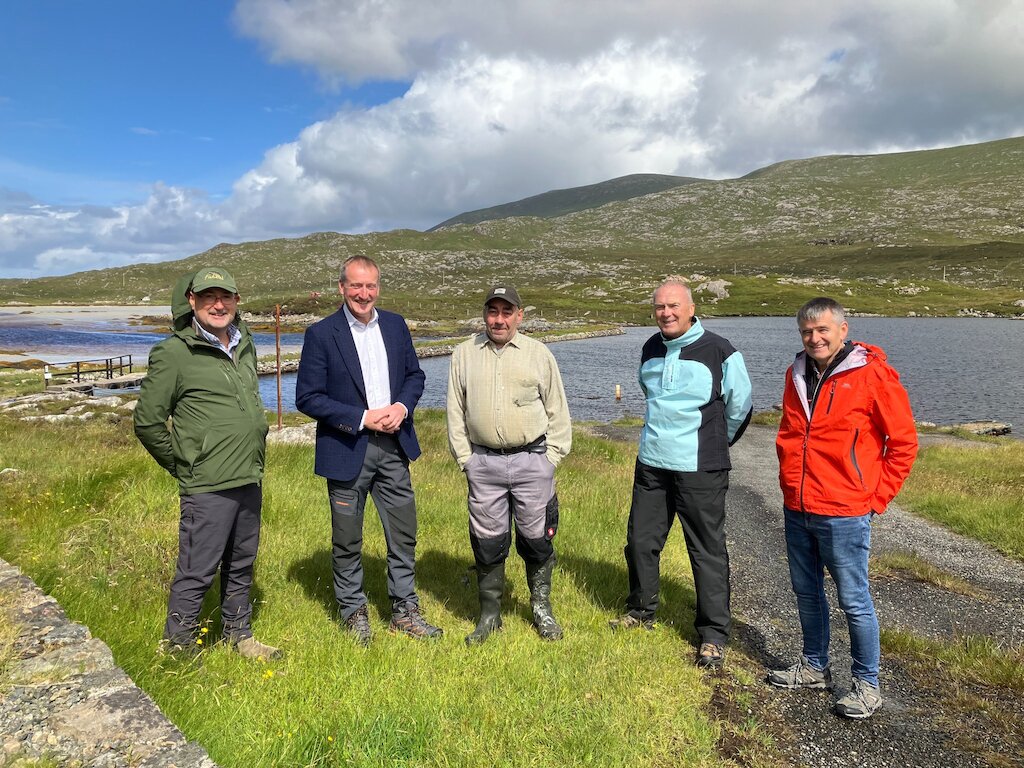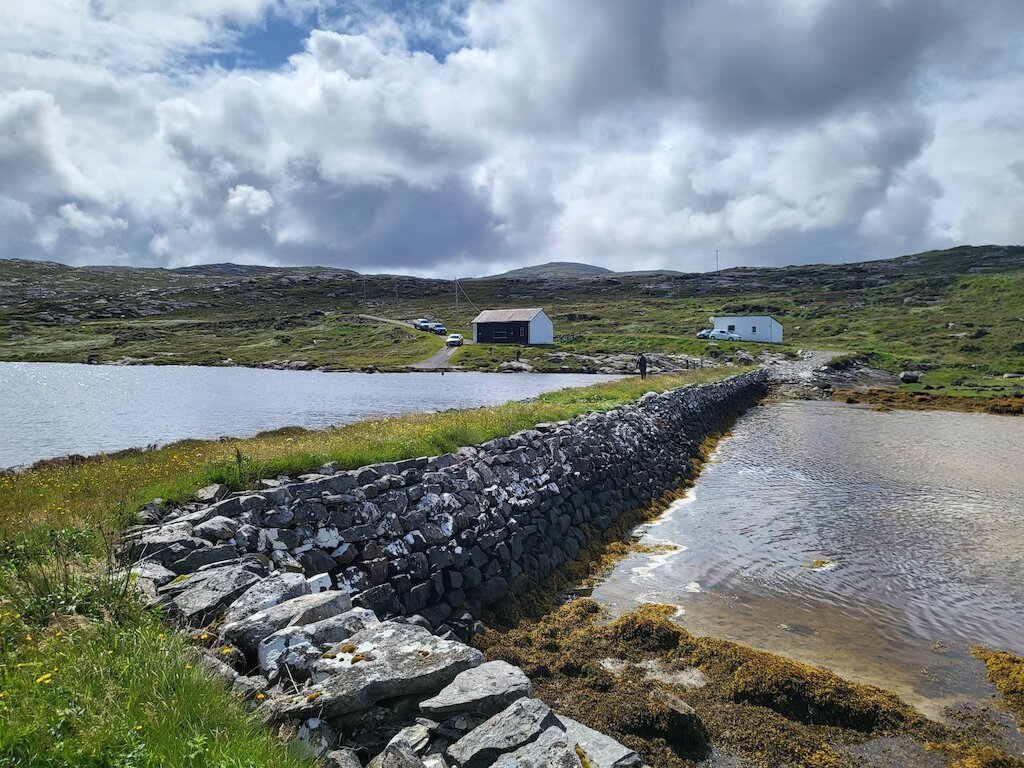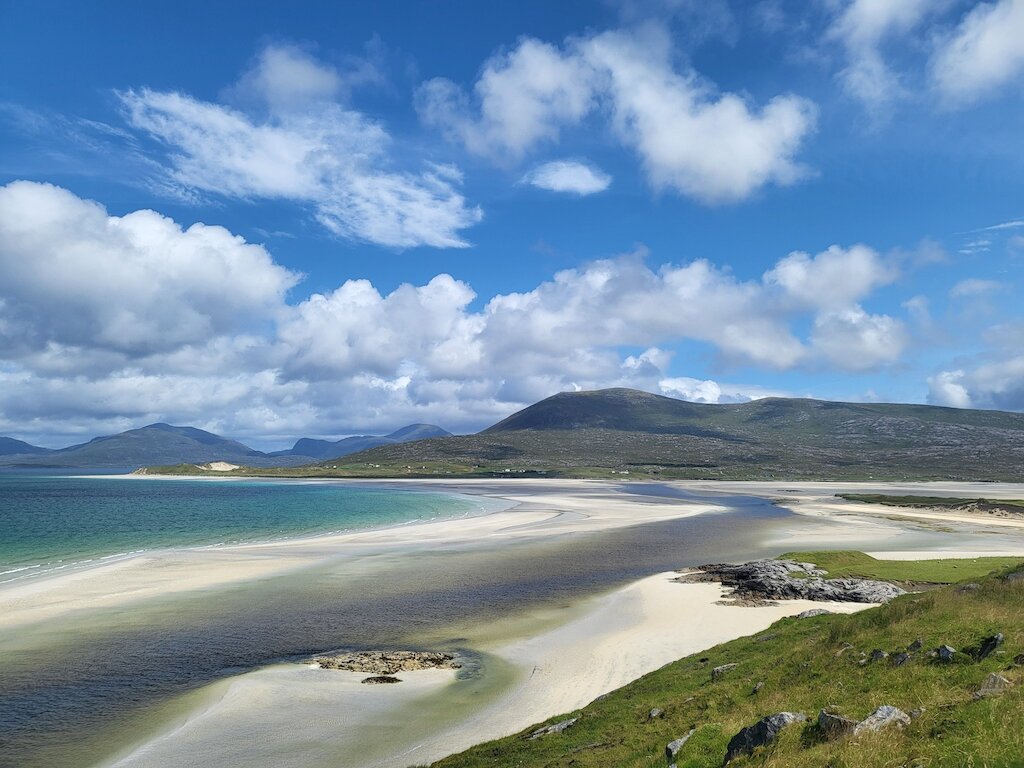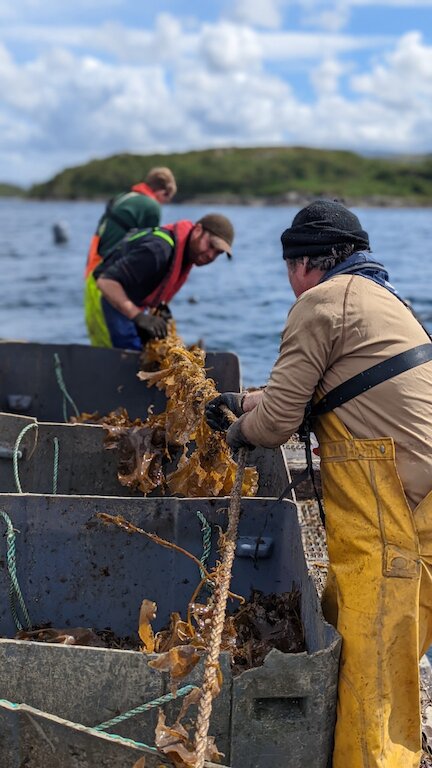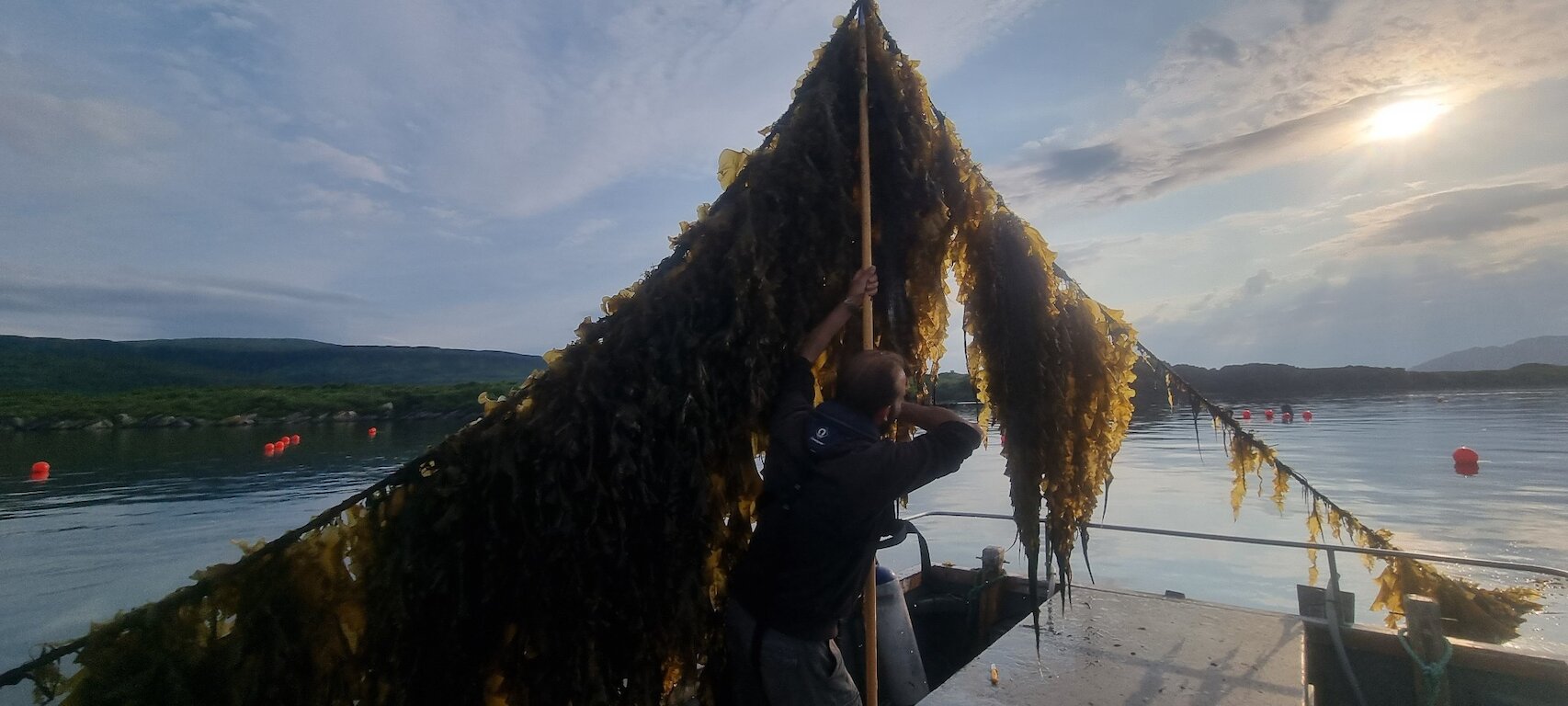The Atlantic salmon has a rich cultural history in Scotland and this world-renowned heritage is reliant on ensuring a long-term future of wild salmonid stocks. We recognise that today’s Scottish salmon farming sector enjoys its strong reputation and success partly due to this wild salmon heritage. It is in all our interests to ensure that the shared connected waters where the salmon farming industry operates are as good an environment for wild salmonids as they should be and that the species thrives long into the future.
In 2022 the Scottish Government published its Wild Salmon Strategy, which sets out the vision, objectives and priority themes to ensure the protection and recovery of Scottish Atlantic wild salmon populations.
The Scottish Government identified 13 key pressures that are known to be affecting wild salmon. In most cases pressures do not operate independently of one another but act in conjunction to negatively impact salmon survival and can be amplified by climate change effects. The identified pressures are:
- Exploitation through angling and coastal netting
- Predation by fish, birds and mammals
- Disease and Parasites
- Elevated sea lice from salmon farms
- Genetic Introgression from escaped farmed fish
- Invasive non-native species of plants and animals
- Water quality
- Water quantity
- Thermal habitat of rivers and lochs
- Instream and riparian habitat
- Obstacles to fish passage
- Marine developments
- High seas growth and survival
What can we do?
The Salmon Scotland Wild Fisheries Fund has been established to prioritise investment from the salmon farming sector towards effective and practical wild fisheries management, with a strong focus on community involvement. The pressures identified in the Wild Salmon Strategy form the basis of our approach to conservation and investment.
Applications are invited from relevant and constituted fisheries organisations within the shared space of Scottish salmon aquaculture and wild rod fisheries – for example Fishery Boards and Trusts, other constituted management bodies, local angling clubs and other community associations. The rationale behind all applications should to address one or more of the identified key pressures in the Wild Salmon Strategy.
How much funding is available?
The fund is a 5-year programme that will see £1.5 million invested by Salmon Scotland to support wild fisheries through both national and grassroots organisations. Already the fund has invested in a wide range of projects including providing major funding to the West Coast Tracking Project, a partnership project made up of the Atlantic Salmon Trust, Fisheries Management Scotland and the Marine Directorate, as well as funding a wide range of local projects addressing habitat issues, wild/farmed interactions and infrastructure improvements.
Salmon Scotland will grant £230,000 of funding to local projects in 2025.
The programme will award funding in 2025 to projects undertaken by local fishery organisations and community bodies.
How to apply in 2025
The fund opened for applications on 1st February 2025 and will close on 31st March 2025. Decisions will be taken by Salmon Scotland by 15th April 2025.
There is no limit to the size of grant that can be applied for, but Salmon Scotland would like to encourage both ambitious and small-scale applications, particularly by those organisations that historically have had limited funding opportunities available to them.
Successful applicants will agree to some media coverage by Salmon Scotland of their project both during the life of the project and upon completion. All applicants will report back on project progress and delivery after one year, which will be included in the Wild Fisheries Fund Annual Report. All projects should be completed within 18 months.
Who can apply?
The fund welcomes applications from the following:
- Local angling clubs and associations (migratory and non-migratory species)
- District Salmon Fishery Boards and Fishery Trusts
- Constituted voluntary or community groups
- Registered charities
- Scottish Charitable Incorporated Organisations (SCIO)
- Social Enterprises
- Community Interest Companies (CIC)
- Not-for-profit organisations
What can and can’t be funded?
The fund will prioritise applications of a practical nature which aim to protect and enhance wild salmonid populations. Capital costs, equipment costs, external contractors, volunteer expenses and proportionate staff time may be applied for. Projects that are likely to attract full funding elsewhere are unlikely to be supported (although seed funding applications that will leverage additional support from other sources are encouraged). Any proposals that are contrary to the interests of Salmon Scotland or any of its members or applications of a purely academic nature will not be supported.
Some examples of projects that might attract funding would include -
- Migration barrier removal eg. redundant dam removals or fish passage improvements
- Further investigation and mitigation against known impacts of freshwater smolt predation and survival (eg. tagging/tracking or trap and truck initiatives)
- Evidence-based and authorised stocking programmes that are consistent with the current Marine Scotland stocking policy
- Hatchery-based operations using contemporary techniques such as genetic screening, live gene banks and cryopreservation of genes
- Freshwater or marine habitat improvement eg. spawning gravel creation/cleaning, parr habitat creation, riparian zone improvements
- Fish counters, fish passes and underwater cameras
- Practical partnership projects to improve interactions and understanding between wild and farmed fish (NB. projects of a purely academic nature are unlikely to be supported).
- Initiatives that encourage education and outreach surrounding Scotland’s rich salmon heritage
Further Information
The Fund opened for applications on 1 February 2025 and will close on 31 March 2025. (Funding decisions will be made by 15 April 2025.)
Further information can be requested by contacting us via our website.

